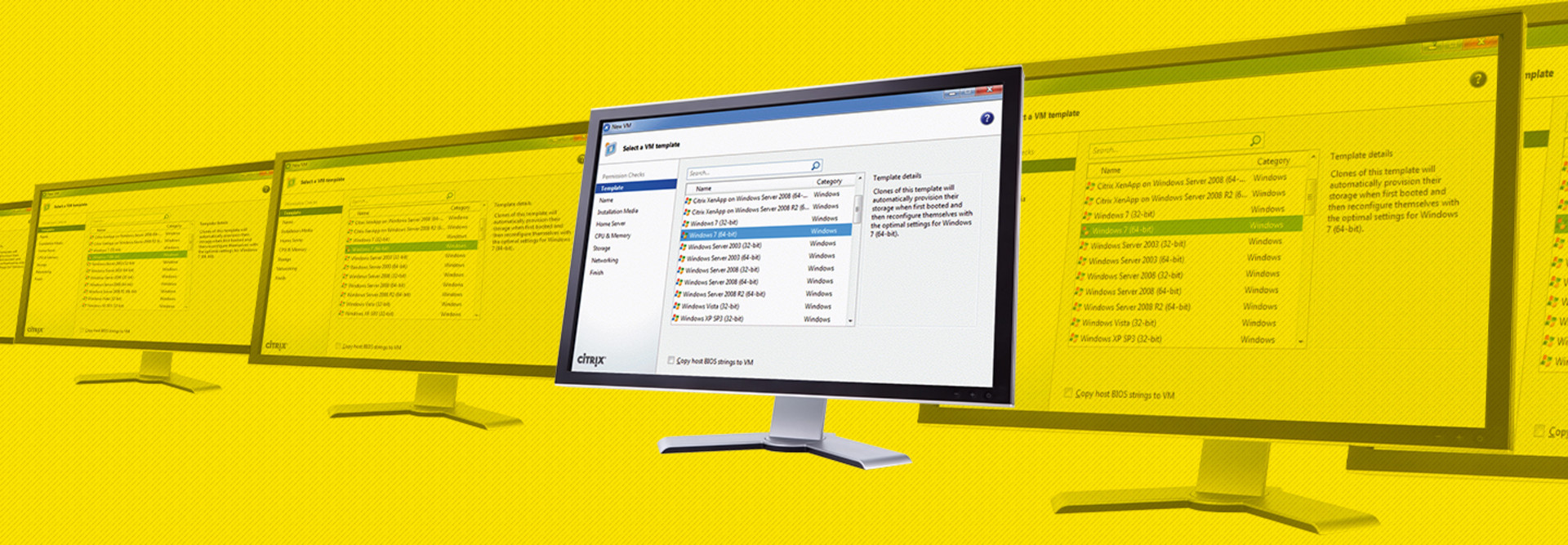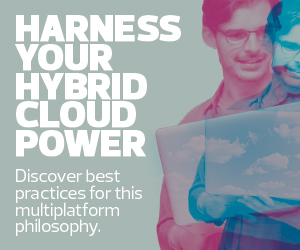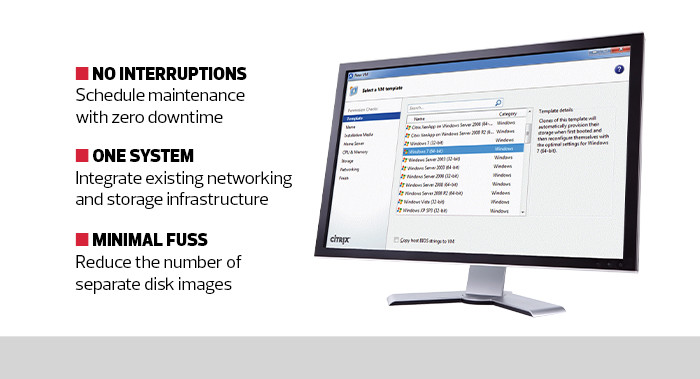To harness the full benefits of their data centers, enterprise CIOs and CTOs must analyze, integrate and optimize their current and planned use of data virtualization solutions.
By virtualization, I mean solutions that empower IT data centers to run multiple independent computing sessions simultaneously on a single physical computer. Enabling one system to support or host multiple guest virtual machines allows businesses to use their hardware resources more efficiently. Virtualizing powerful servers can reduce the total cost of ownership for every server an organization has.
Click the banner to learn how your organization can benefit from a hybrid cloud environment.
The Citrix Hypervisor Features Resource Improvements
Citrix offers the widest variety of graphics processing unit pass-through options as well as virtualized GPU options. These let virtual machines access physical GPUs installed on host machines for improved performance.
Citrix Hypervisor helps enterprises of all sizes consolidate and transform computing resources into virtual workloads, improving data center capabilities. A recent look at the Citrix Hypervisor left me impressed by the platform’s features and capabilities. It would well serve CIOs looking for cost-effective desktop, server and cloud virtualization infrastructures. Specifically, this solution cuts costs while improving the utilization rates of existing hardware.
The most effective feature I observed was Citrix Hypervisor’s ability to consolidate multiple virtual machines onto a physical server, a key component of data center optimization. This also reduces the number of separate disk images that organizations need to manage. The process is not simple, but Citrix Hypervisor allows even less experienced IT professionals to initiate the transformations and monitor the enterprise once completed.
SPECIFICATIONS
Operating System: Linux, Microsoft Windows
Services: Virtualization management
Model: Standard edition
License Type: Subscription
Why the Citrix Hypervisor 8.2 Requires a Fresh Start
Citrix Hypervisor 8.2 must be installed fresh; there is no direct path for an upgrade from previous versions. As such, it’s best to start from scratch with the process, which Citrix thankfully makes rather easy.
Once I performed a fresh installation, the new iteration easily integrated with the existing networking and storage infrastructures in my test bed. It also scheduled maintenance with zero downtime since it migrates virtual machines between Citrix Hypervisor hosts in real time.
Cutting-edge data architectures, such as data mesh and composable applications, may be the future of data centers, but virtualization capabilities from solutions such as Citrix Hypervisor are the vehicles that will help drive those modernization efforts forward.
DIVE DEEPER: Optimize your organization’s hybrid cloud environment.












